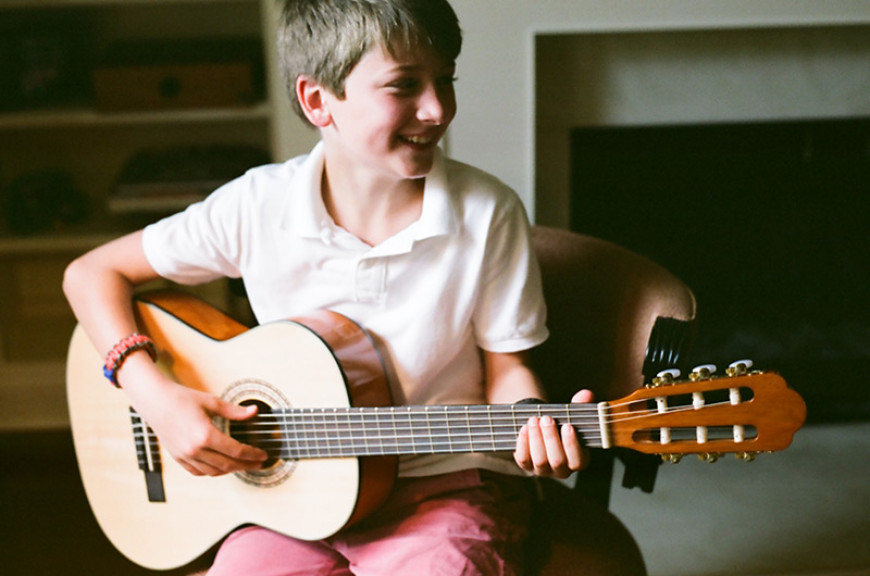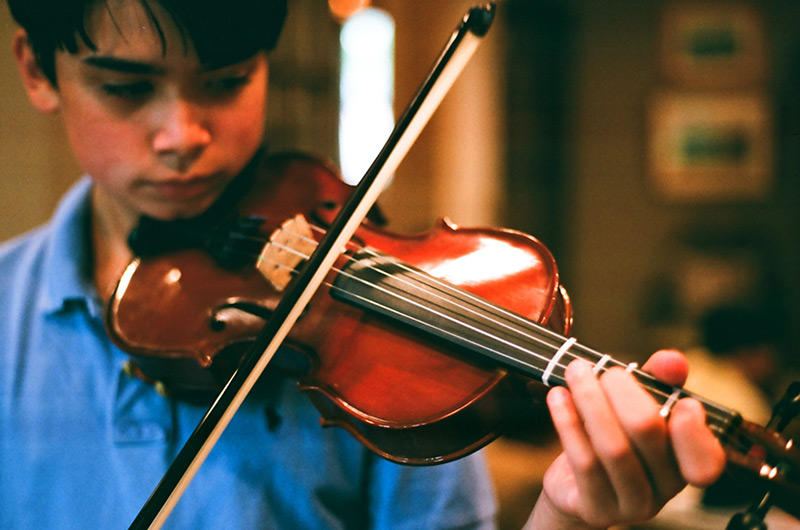The Parents Guide to Music Lessons

| Lessonface Parents Guide |
|---|
Other great reading:
|
Introduction: the Importance of Music
If the sheer beauty of music making itself is not enough (and surely it is!), consider the benefits of music education, most notably the relationship between musical training and personal development/success in other areas of life.
You might think that musical training would most aid in developing creative functions – which it does – but the benefits don’t stop there. Playing a musical instrument develops dexterity, improves cognitive function, exercises the brain, increases language development skills, and enhances memory, among other benefits.
TED session, Anita Collins noted that “while listening to music engages the brain in some pretty interesting activities, playing music is the brain’s equivalent of a full body workout.” Indeed, “playing a musical instrument engages practically every area of the brain at once,” Collins also stated, “especially the visual, auditory, and motor cortises, and as with any other workout, disciplined, structured practice in playing music strengthens those brain functions, allowing us to apply that strength to other activities.“
And recent scholarship agrees, indicating that music is important cross training for students who achieve in areas outside the arts. A team of researchers at Michigan State released a study in 2013 showing that 93% of STEM (Science Technology, Engineering, and Math) graduates reported musical training, as compared to 34% of average adults. A prior study of data on 25,000 secondary school students compiled by the U.S. Department of Education showed that students with high levels of involvement in instrumental music over the middle and high school years showed "significantly higher levels of mathematics proficiency by grade 12” – even after controlling for students' socio-economic status.
 Studying music aids in creating additional neural connections that can help “compensate for cognitive declines later in life,” according to neuropsychologist Brenda Hanna-Pladdy of Emory University. Playing an instrument requires complete engagement from both hemispheres of the brain (fine motor skills come from both hemispheres, linguistic and mathematical precision mostly come from the left hemisphere, and creative elements come from the right hemisphere), strengthening the pathways between the two hemispheres through all of the activity. The creative and logical problem solving ability that these connections build can help in both academics and social life.
Studying music aids in creating additional neural connections that can help “compensate for cognitive declines later in life,” according to neuropsychologist Brenda Hanna-Pladdy of Emory University. Playing an instrument requires complete engagement from both hemispheres of the brain (fine motor skills come from both hemispheres, linguistic and mathematical precision mostly come from the left hemisphere, and creative elements come from the right hemisphere), strengthening the pathways between the two hemispheres through all of the activity. The creative and logical problem solving ability that these connections build can help in both academics and social life.
Neuroscientist Nina Kraus of Northwestern University discovered that the ability to discern sounds is better retained into late adulthood by people with musical training, and this ability is best retained by those with the most musical training. Furthermore, the fascinating work of Hanna-Pladdy, noted above, went on to demonstrate that adults with more musical training scored higher in cognitive areas like nonverbal and visuospatial memory, naming objects, and taking in and adapting new information. And these benefits were persistent over time, even if a person had not played music in years (and regardless of other education).
If you made it this far, you’ve likely already made the decision to enroll your child in music lessons. To simplify matters for all the busy parents out there, we’ve compiled a brief guide of things to consider and steps to take going forward.
Let’s begin with the basics: thinking about readiness, estimating cost, and finding an instrument and teacher.
